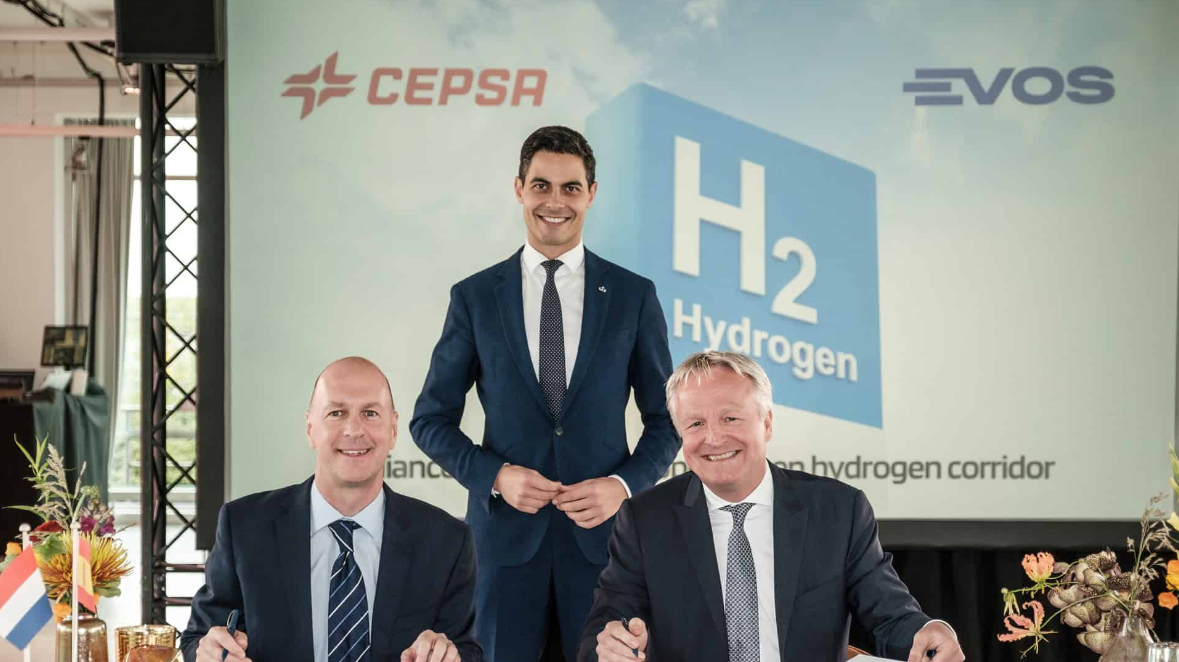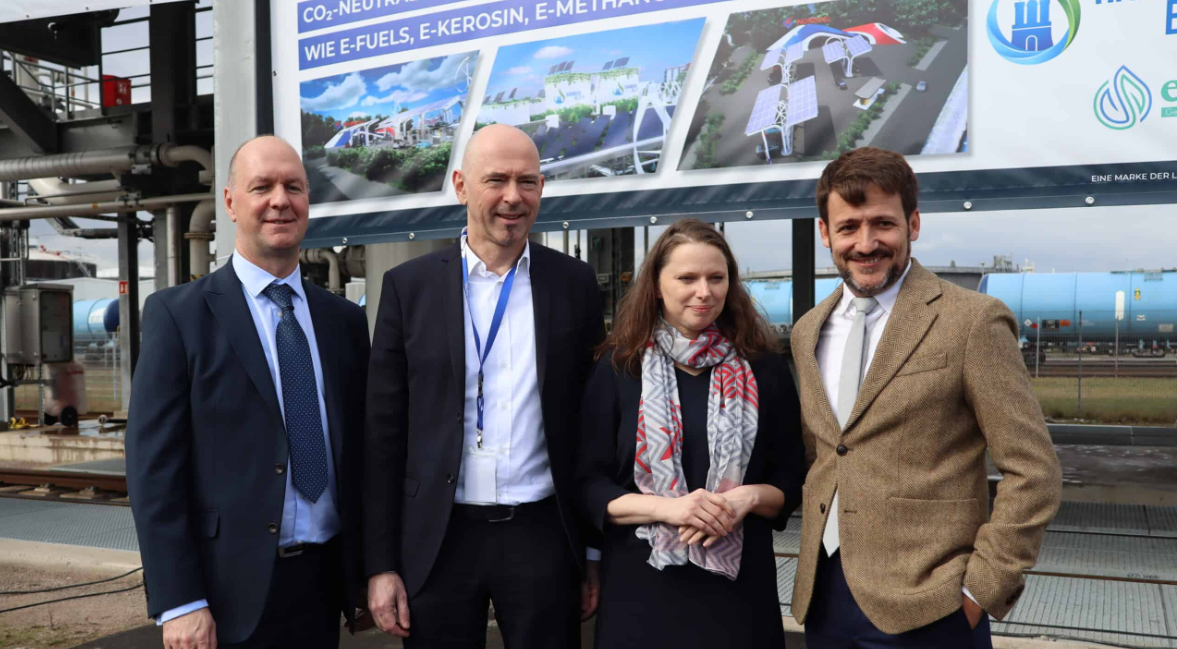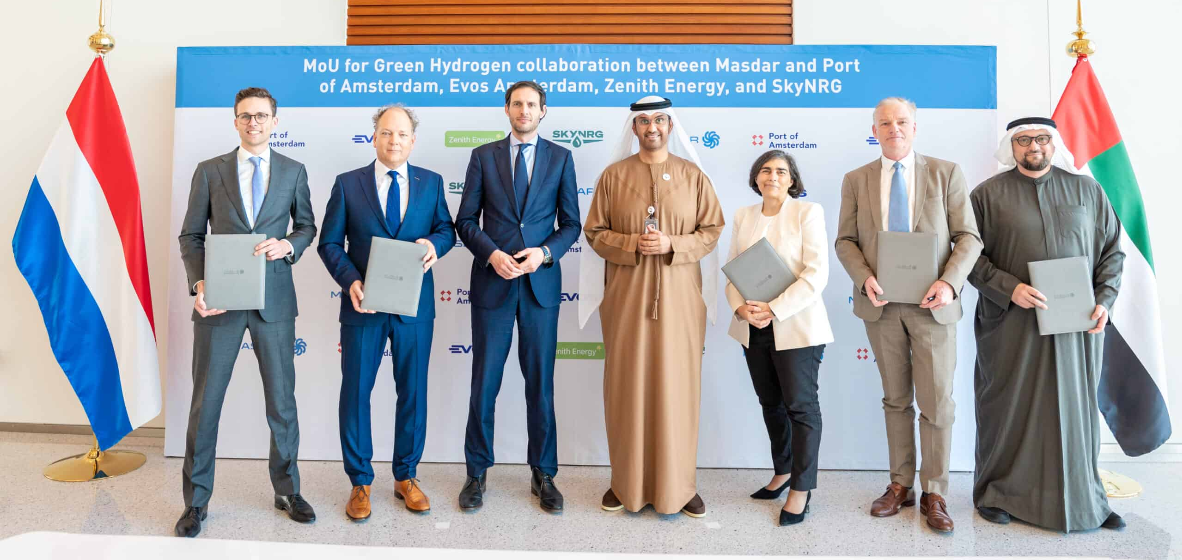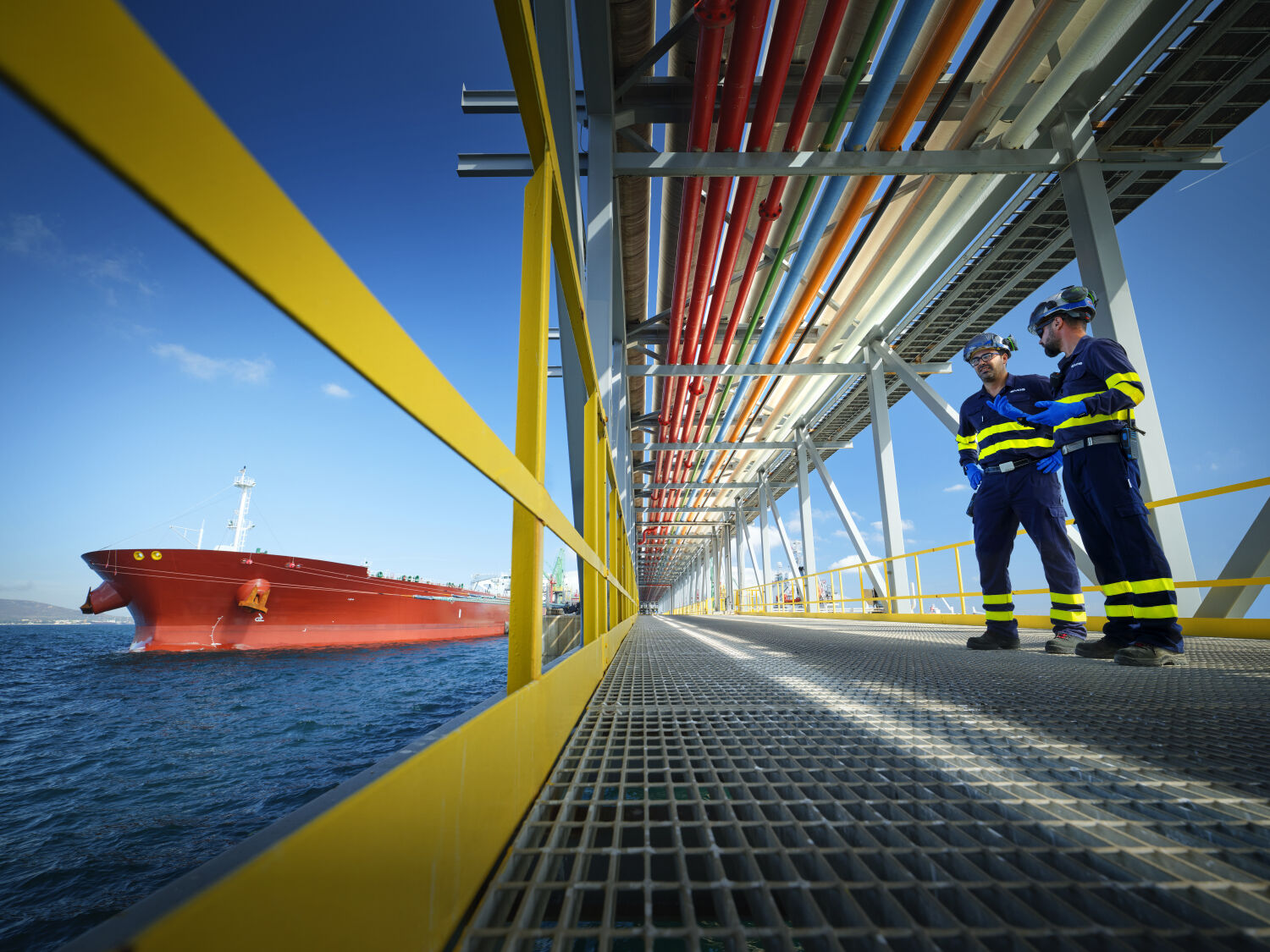
Hydrogen carriers
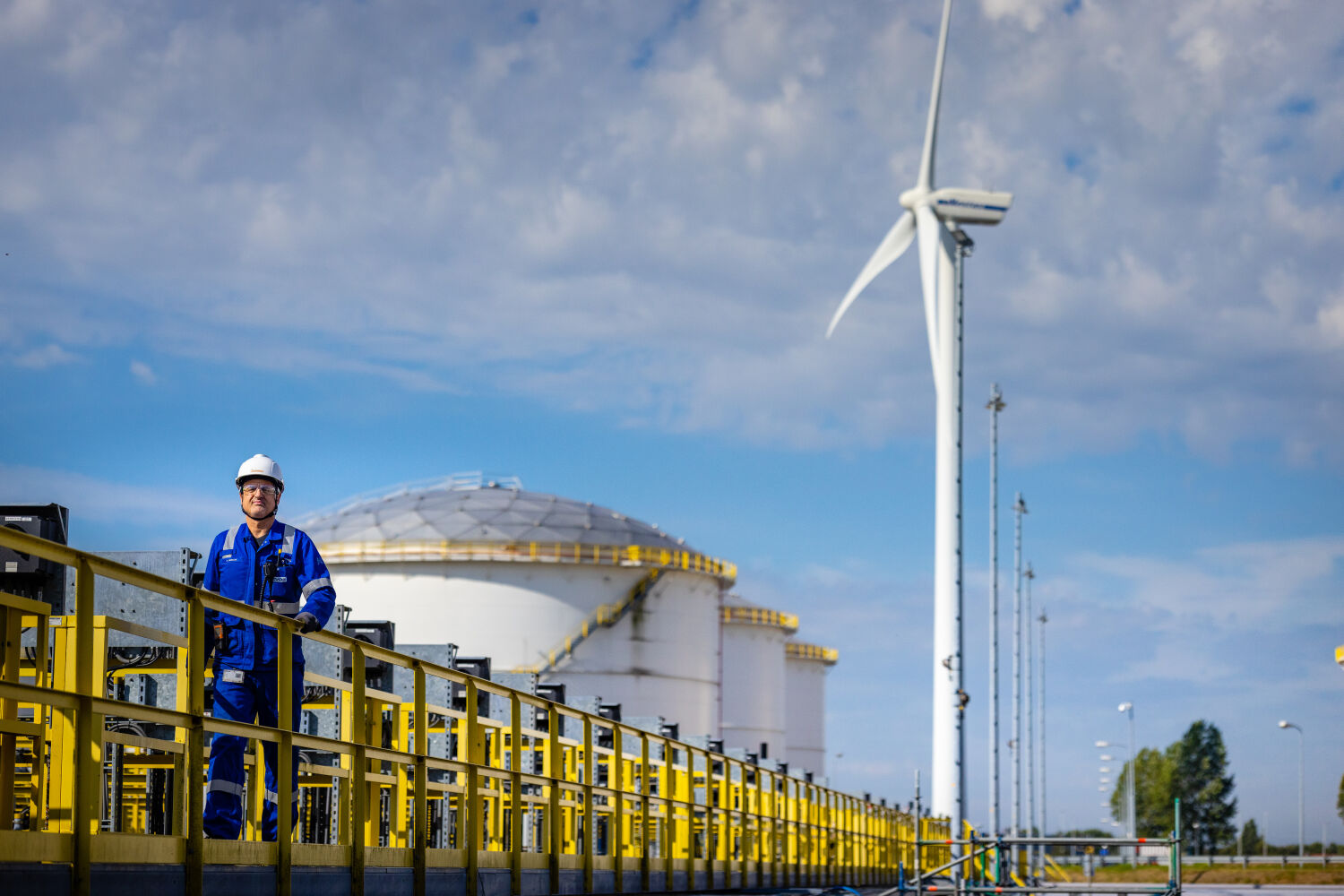
LOHC
Liquid Organic Hydrogen Carriers (LOHC) are compounds that can reversibly store and release hydrogen, enabling the storage and transportation of hydrogen in a safe and efficient manner. LOHC’s represent a promising approach to hydrogen storage and transportation, offering advantages in safety, energy density, and compatibility with existing infrastructure. Ongoing research and development efforts aim to further optimize LOHC systems for commercial deployment across various sectors. We are actively involved in various initiatives for developing LOHC value chains and aims to provide storage capacity in a number of key geographical locations.
- Strategic European locations
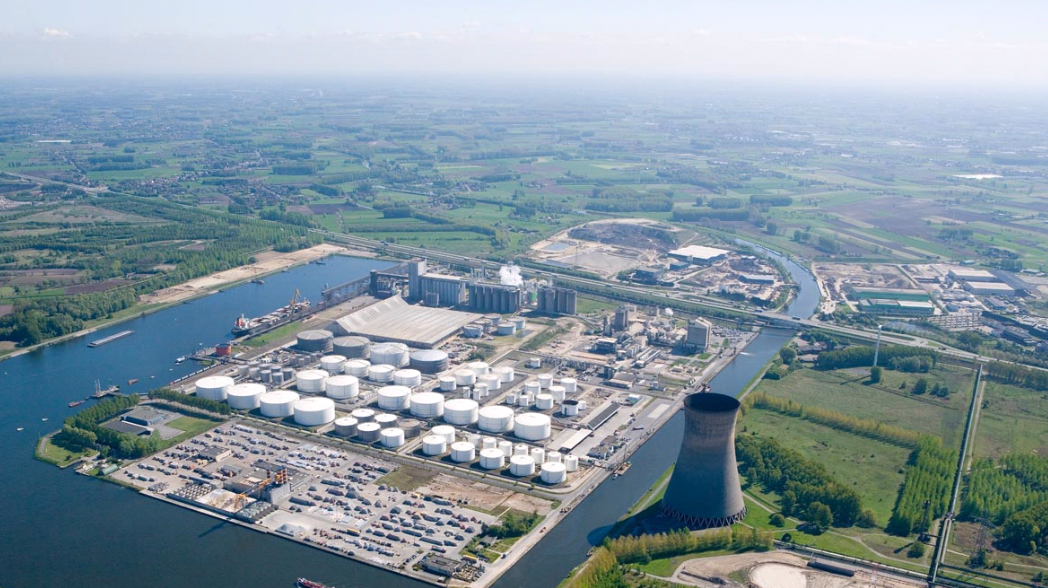
Ammonia
Ammonia is emerging as a key hydrogen carrier for exports due to its high energy density, proven synthesis technology, and existing supply chains. It has potential to replace fossil fuels in existing sectors of power generation and marine bunkering to meet global decarbonisation targets. Production centres in Australia, the Middle East, the Americas, and India aim to meet demand in Europe, supported by energy and climate policies. Early supply contracts and first shipments indicate potential future trade flows. As ammonia helps meeting the EU’s 10 Mtpa renewable hydrogen import target by 2030, infrastructure for ammonia cracking and logistics will be crucial.
- New energy through collaboration
- Strategic port partnerships for sustainable growth
- Shared expertise for continuously improving our business practices
Synthetic fuels
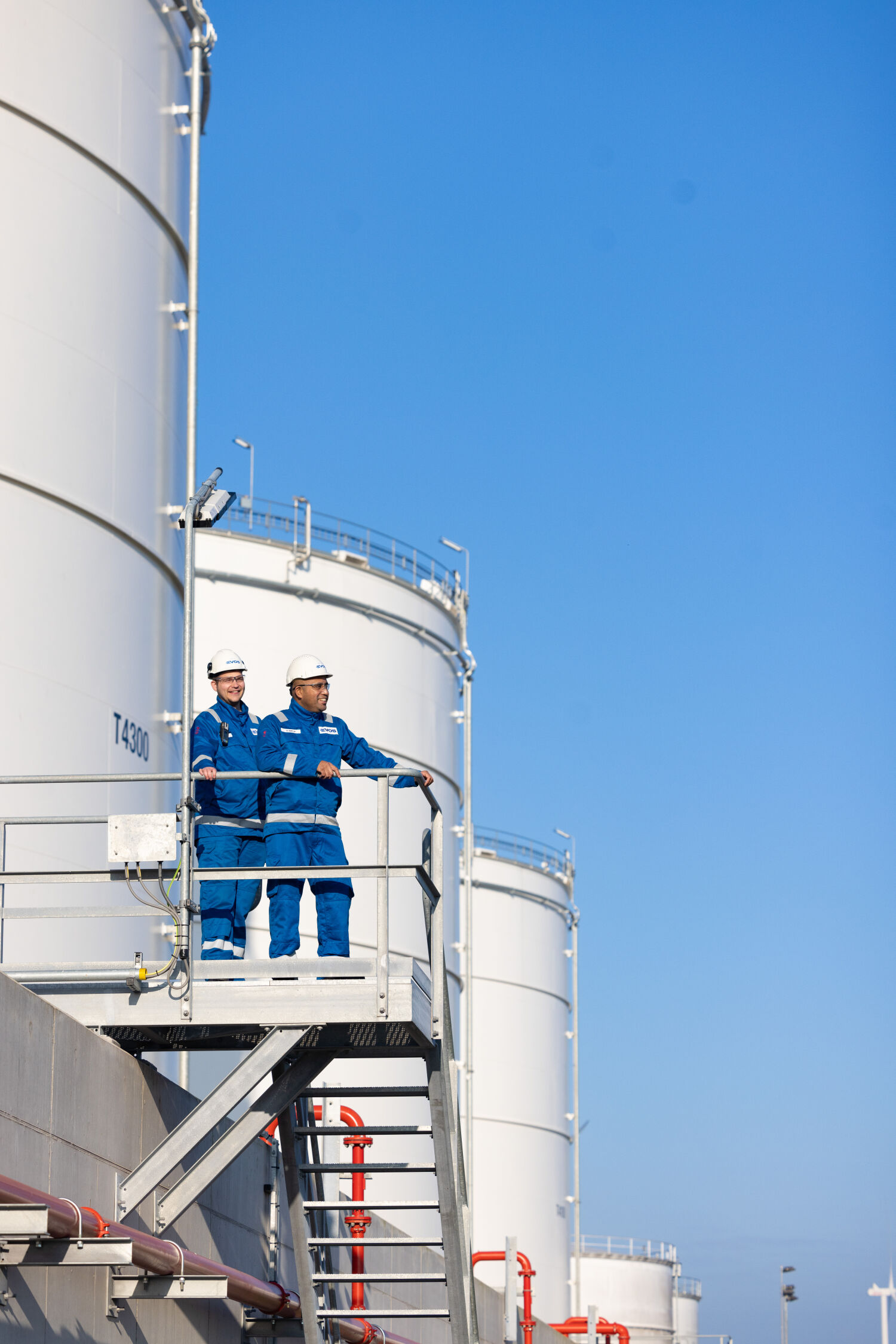
Synthetic fuels or eFuels , also known as renewable fuels of non-biological origin (RFNBO), are an important contributor for allowing fossil fuels to be phased out gradually. The EU defines these fuels as being “produced using energy from other renewable energy sources”. Examples are jet fuel turning into eSAF, grey methanol into e-methanol and naphtha into e-naphtha.
The main building blocks of eFuels are green hydrogen and biogenic CO2. eFuels are produced through a process that involves capturing carbon dioxide (CO2) from the atmosphere or other sources and combining it with hydrogen. The hydrogen is typically generated via electrolysis of water, powered by renewable energy such as wind or solar power. The combined hydrogen and captured CO2 can then be converted into various types of fuels, such as methane or liquid hydrocarbons, which are chemically similar to conventional gasoline, diesel, or jet fuel. eFuels are particularly interesting for sectors where direct electrification is challenging, such as aviation, heavy transport, and some industrial processes. As such, these future flows are essential for building a global circular economy. We facilitate the transition to eFuels at all our terminals across Europe in existing capacity.
- Powerful network of strategic locations




